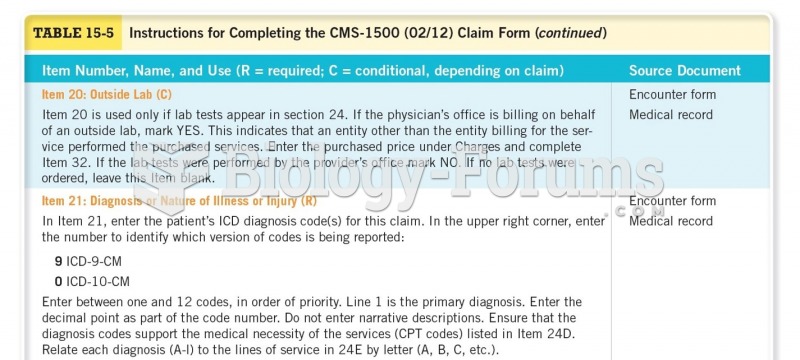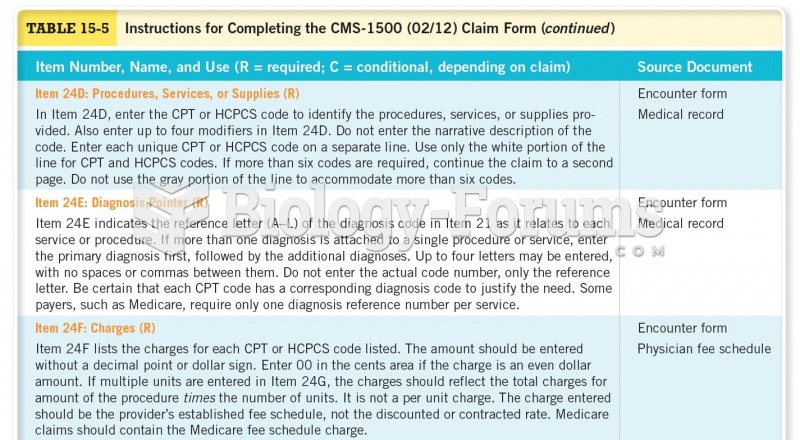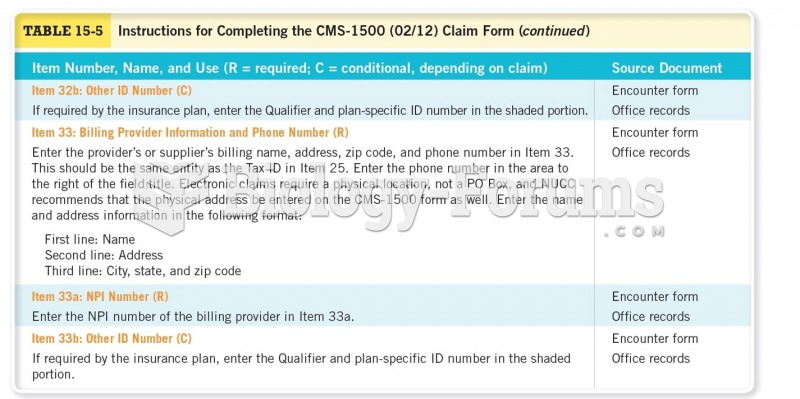|
|
|
The ratio of hydrogen atoms to oxygen in water (H2O) is 2:1.
Human stomach acid is strong enough to dissolve small pieces of metal such as razor blades or staples.
In ancient Rome, many of the richer people in the population had lead-induced gout. The reason for this is unclear. Lead poisoning has also been linked to madness.
According to the American College of Allergy, Asthma & Immunology, more than 50 million Americans have some kind of food allergy. Food allergies affect between 4 and 6% of children, and 4% of adults, according to the CDC. The most common food allergies include shellfish, peanuts, walnuts, fish, eggs, milk, and soy.
When blood is exposed to air, it clots. Heparin allows the blood to come in direct contact with air without clotting.







